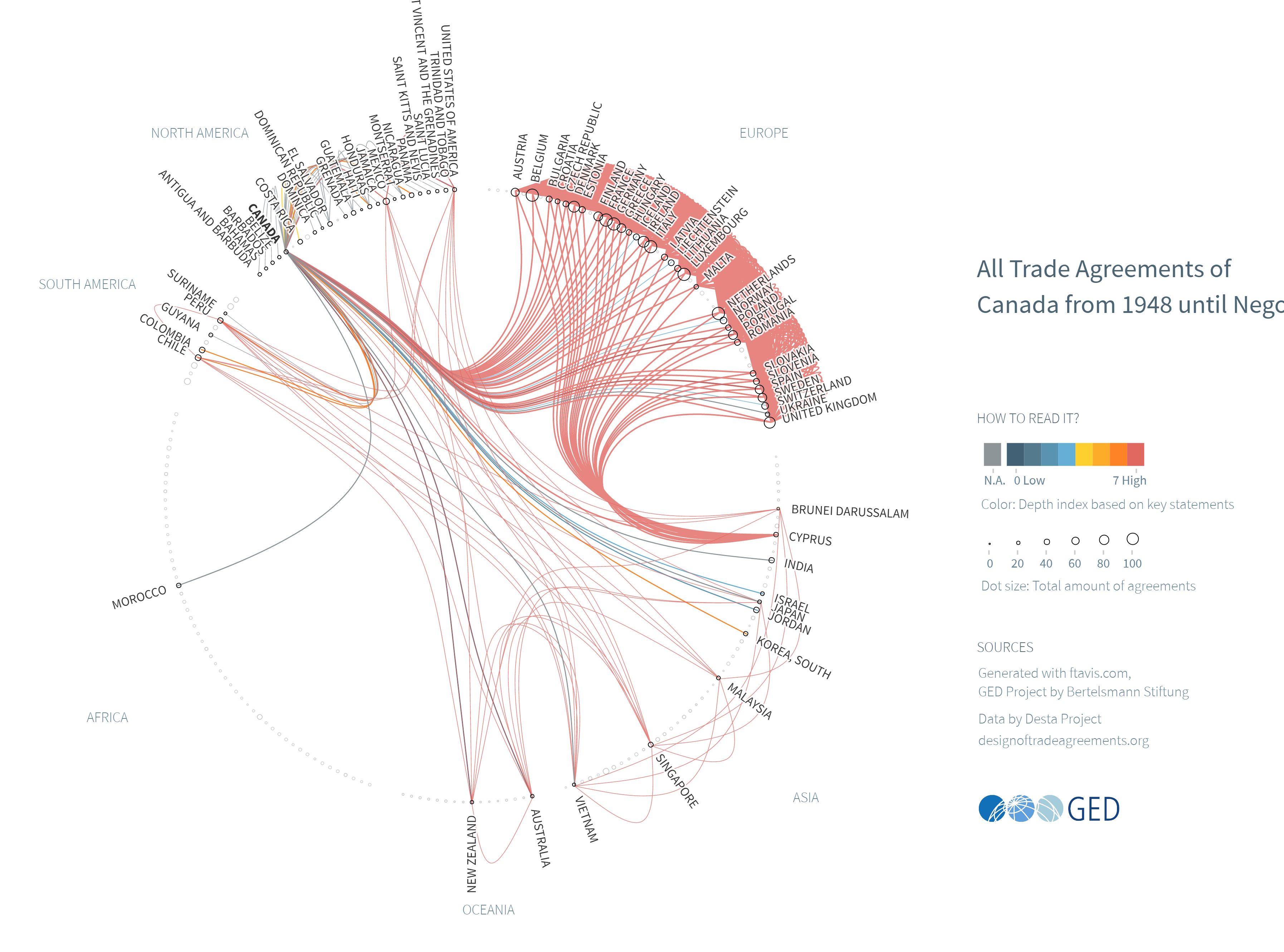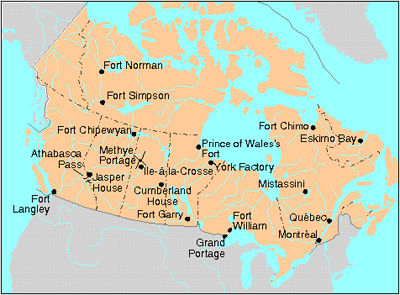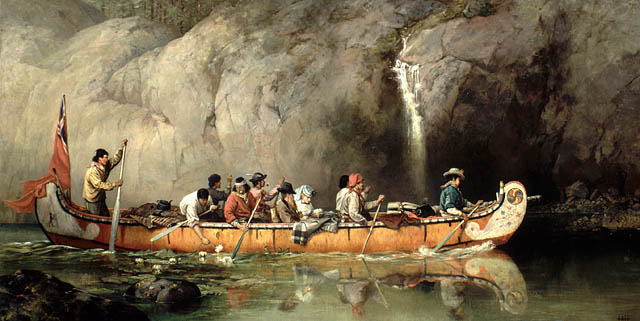Article
Frederick Harris Music Co. Limited
The Frederick Harris Music Co, Limited. Publishing firm founded in London ca 1900, established in Canada in 1910, and controlled 1944-91 by the University of Toronto, then by the Royal Conservatory of Music. Frederick Harris (ca 1866-1945) founded his catalogue on copyrights purchased from C.J.








